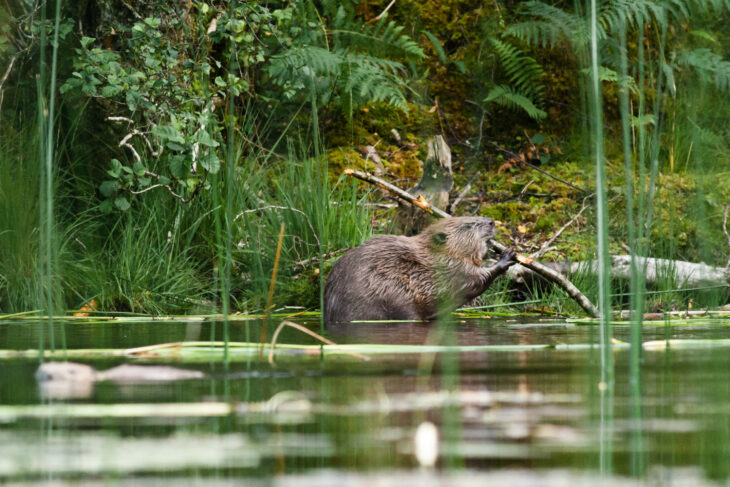The Trust has issued the following statement from Sarah Robinson, Director of Conservation in response to an media enquiry about beavers being culled under licence in Tayside.
“It would be deeply concerning if a substantial proportion of the beaver population has been culled in Tayside this year. The number of beavers in Scotland is still relatively small and localised, so a heavy cull could put the future of this protected species at risk.

“The Trust has always recognised that beavers can have localised negative impacts that need to be managed, but we have been equally clear that lethal control should always be the last resort after non-lethal options have been explored. A wide range of alternatives is available to land managers, from installing low cost ‘beaver deceivers’ that allow water to flow through dams, to moving animals away from prime agricultural land. Licenses for lethal control should only be granted where there is no risk of negatively impacting the conservation status of the species.
“It is now more than a year since beavers were given European Protected Species status, and we still urgently need a robust national strategy to allow the species to thrive and expand.”
Sarah Robinson
“Beavers are a keystone species that can unlock a huge range of benefits for people and wildlife. By creating and improving natural habitats including wetlands and native woodland, they provide a home for many other species. By slowing the flow of water, their dams also reduce the likelihood of flooding downstream, and their presence creates new opportunities for wildlife tourism. It is now more than a year since beavers were given European Protected Species status, and we still urgently need a robust national strategy to allow the species to thrive and expand.
“More than 100,000 hectares of core beaver habitat have been identified in Scotland. Many areas, such as the Cairngorms, could easily accommodate them with relatively little conflict. There are also opportunities to reinforce the population on the edges of their existing range, and bridge the gap between the populations in Tayside and Argyll. Therefore, we believe the national strategy should include the potential for further translocations of beavers. This would both allow the expansion of their range into other parts of Scotland, and further reduce the need to cull animals in Angus and Perthshire.”
